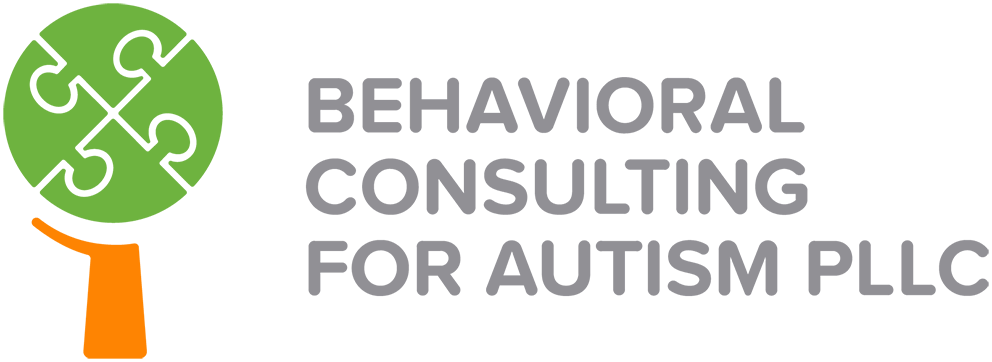Understanding Monitoring Behavior Through Data in ABA: Why Data Matters

Hi, parents! Today we’re going to talk about something that plays a critical role in your child’s progress in ABA therapy: monitoring your childs' behavior through data. You may have noticed that your child’s ABA team consistently takes notes and tracks data during each session. This data-driven approach is what allows ABA therapy to be highly individualized and effective. Let’s explore what monitoring and tracking behavior is, how it’s used in ABA, and how it helps your child’s development.
What is Monitoring and Tracking Behavior?
Monitoring and tracking behavior involves recording specific information about a child’s behavior, both the behaviors we’re working to increase and those we want to reduce. The goal is to measure progress over time. By collecting data on behaviors, we can objectively assess which strategies are working and make informed adjustments as needed.
How Monitoring and Tracking Behavior is Used in ABA
- Baseline Data: Before beginning any intervention, ABA therapists gather baseline data to determine how often a behavior occurs naturally. This helps us understand the starting point and set realistic goals. This is similar to if you were going on a diet, the first thing you typically do is count how many calories you eat on a regular day, this way it gives you a starting point of where you are, or otherwise known as baseline data.
- Measuring Progress: As therapy continues, monitoring and tracking behavior allows us to measure improvements or changes in behavior. For example, if a child is learning to communicate using sign language, we track how often they use the correct sign to express a need.
- Making Adjustments: If progress stalls, the data helps us identify why. We can analyze patterns in the environment, triggers, or reinforcement strategies that may need to be adjusted to better support the child’s needs.
Benefits of Monitoring and Tracking Behavior
- Objective Decision-Making: Data provides objective information that helps your ABA team make evidence-based decisions. Instead of relying on subjective observations, we can clearly see what’s working. Rather than assuming Johnny feels sad, we rely on observable data. For example, instead of stating “I think Johnny feels sad” we would objectively note that "Johnny cried for 12 minutes today." From this measurable behavior, we can reasonably infer that Johnny may be experiencing some distress.
- Personalized Treatment: No two children are the same, so their treatment plans in ABA shouldn’t be either. Monitoring and Tracking Behavior to get data ensures that each child’s plan is tailored to their specific needs and progress.
- Measurable Results: Parents often wonder how they can tell if therapy is working. Data offers measurable results that show improvements over time, providing reassurance that the child is moving in the right direction.
How Parents Can Support Behavior Tracking
- Share Insights: Your observations at home are just as valuable as the data collected during therapy sessions. Share any patterns you notice, such as triggers for certain behaviors, with your team.
- Celebrate Progress: Even small changes are signs of growth! By understanding the data, you can celebrate your child’s achievements, no matter how incremental they may seem.
Monitoring and Tracking Behavior is a powerful tool that ensures your child is receiving the most effective and personalized care possible. If you have any questions about how monitoring and tracking behavior for data works or want to see more detailed reports, don’t hesitate to reach out to us.
Looking forward to covering our next topic!
Warm Regards,
Deepika
